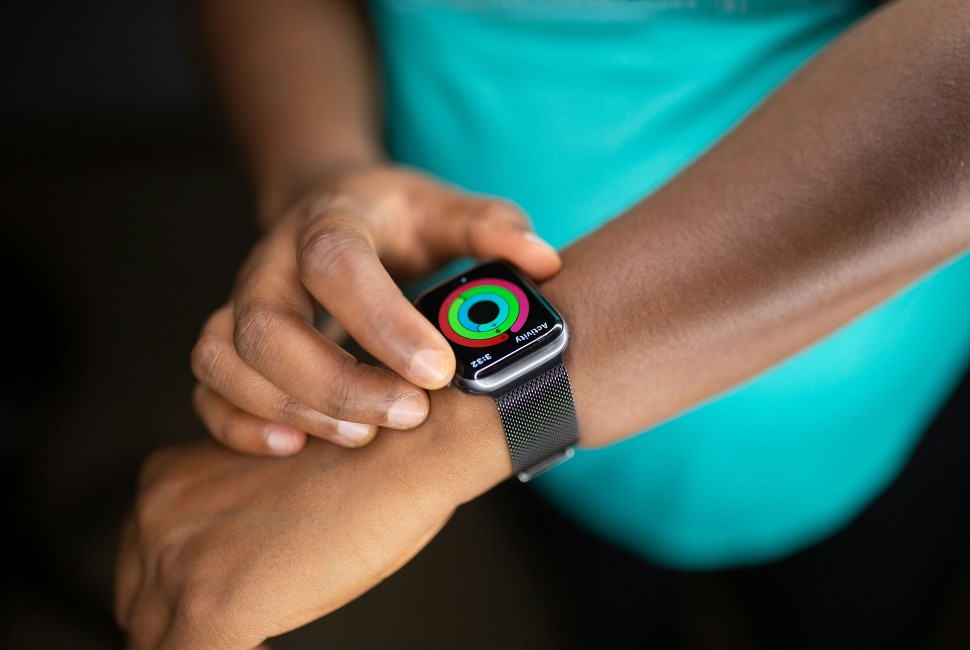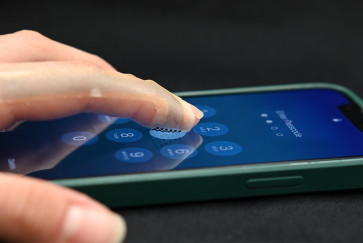The COVID-19 pandemic significantly increased interest in wearable health-monitoring devices among low-income Hispanic and Latine adults living in the U.S., a new Northwestern University study has found.
While the pandemic highlighted the need for regular health monitoring, these groups often lack access to affordable health care and sometimes distrust existing health systems. Wearables, therefore, could provide a reliable, at-home alternative to traditional in-clinic health monitoring.
But, although interest has increased, several barriers remain that prevent these groups from adopting wearable technologies. According to the researchers, tech companies historically have designed current wearable devices with affluent, predominantly white users in mind.
“Current designers do not consider the needs of low-income people of color regarding usability, accessibility and affordability,” said Northwestern’s Stefany Cruz, who led the study. “If this trend continues, it will worsen digital and health inequities. In this study, we want to bring attention to existing health disparities and how wearable devices expand that gap. Wearables have the potential to fill the gap eventually, but we’re not there yet. We need to build devices that are more inclusive, and the design process should consider the context and culture of individuals from marginalized communities.”
The study was published today (May 8) in the Journal of Medical Internet Research.
A personal connection
Cruz is a Ph.D. candidate in computer engineering at Northwestern’s McCormick School of Engineering. In her engineering work, Cruz is particularly interested in building equitable, efficient and intelligent wearable systems for groups historically excluded from the design process.
Cruz’s own experiences as a child of Salvadoran immigrants inspired her to embark on this new study. Growing up in East Los Angeles, Cruz was often sick, and her family did not have health insurance. After suffering a bout of strep throat, she watched her family struggle to pay the medical bills — an experience that sparked her interest in developing new technologies with a focus on health.
“That set up the whole trajectory of what I want to pursue in the computer engineering field,” Cruz said. “Because I witnessed the severe lack of access to health care, I want to build technologies from the ground up that can help support and uplift my community.”
Assembling participants
Although Cruz planned the study before pandemic hit, she noticed that COVID-19 changed the role of wearables in society. Once used mostly for counting steps and motivating people to move through the day, wearable devices now began playing a bigger role in health monitoring. These devices could track vital physiological signals, including blood oxygen levels. Low blood oxygen levels often have no symptoms until organs are irreparably damaged. But wearables could detect early warning signs, prompting a person to head to the hospital sooner — before it’s too late.
It was easy for Cruz to see how this technology could help her community. But why weren’t people taking advantage of these devices?



